Home>Gardening & Outdoor>Landscaping Ideas>When To Cut Ornamental Grass
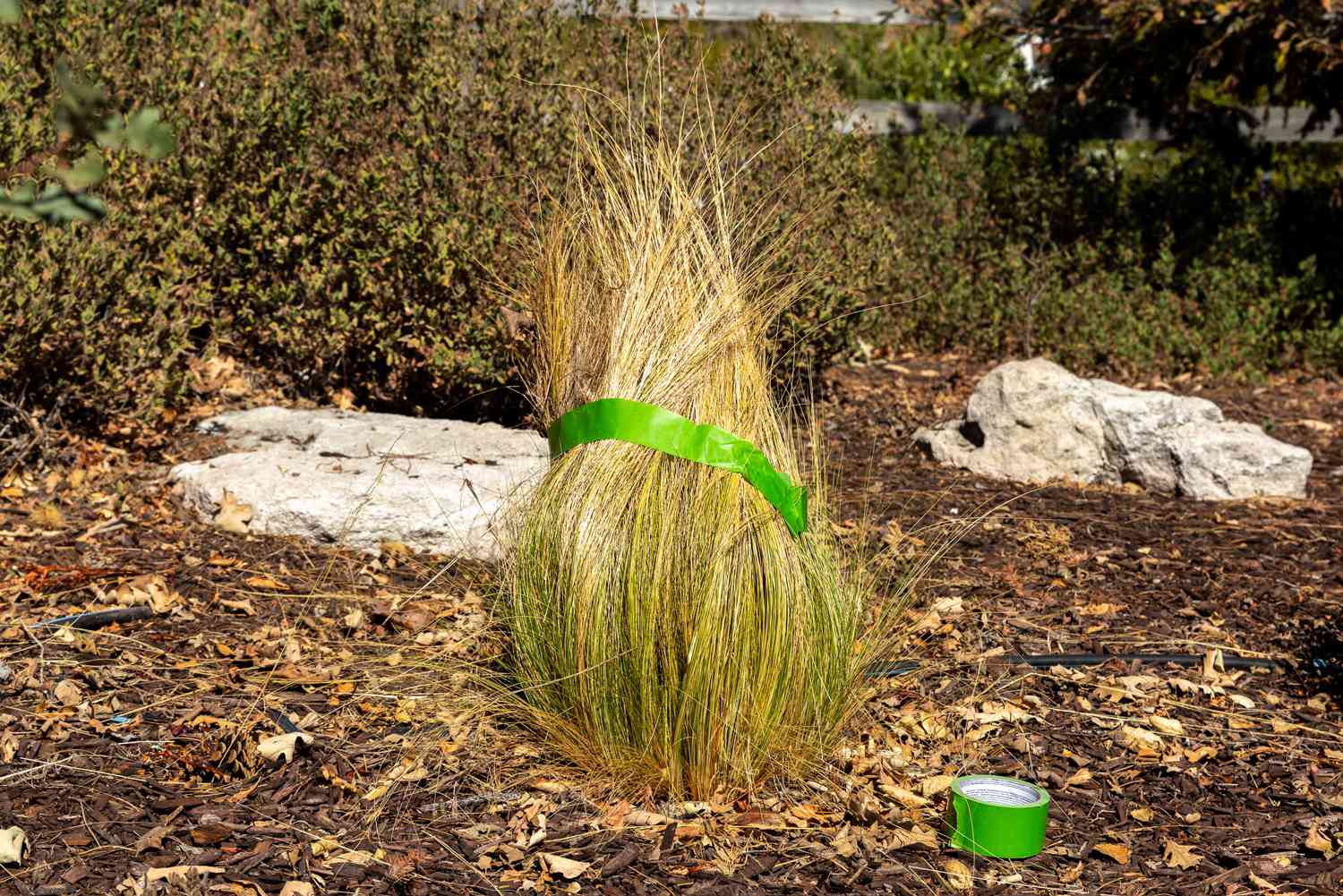

Landscaping Ideas
When To Cut Ornamental Grass
Modified: August 28, 2024
Learn when to cut ornamental grass and enhance your landscaping ideas. Discover the best timing and techniques for maintaining your garden's visual appeal.
(Many of the links in this article redirect to a specific reviewed product. Your purchase of these products through affiliate links helps to generate commission for Storables.com, at no extra cost. Learn more)
Introduction
So, you've adorned your garden with the breathtaking beauty of ornamental grasses. Their graceful, swaying plumes and delicate foliage have added an enchanting allure to your outdoor space. As the seasons change and the ornamental grasses flourish, you may find yourself contemplating the ideal time to trim them. Understanding the nuances of when and how to cut ornamental grass is essential for maintaining the health and aesthetics of these captivating plants.
In this guide, we will delve into the art of caring for ornamental grasses, exploring the factors to consider before cutting them, the best time for trimming, and the proper techniques to ensure a thriving, picturesque display. Whether you're a seasoned gardener or a novice enthusiast, mastering the art of cutting ornamental grass will elevate the charm of your landscape and nurture the vitality of these striking botanical wonders. So, let's embark on this horticultural journey and uncover the secrets to enhancing the splendor of your ornamental grasses.
Key Takeaways:
- Timing is crucial when cutting ornamental grass, with late winter to early spring being the best time. Consider species characteristics, wildlife habitats, and weather conditions to ensure a healthy and visually appealing garden.
- Proper cutting techniques, such as using sharp tools and bundling foliage, are essential for maintaining the health and beauty of ornamental grass. Consider applying fertilizer after cutting to support vigorous regrowth.
Read more: When To Prune Ornamental Grass
Understanding Ornamental Grass
Ornamental grasses are a diverse group of plants valued for their ornamental appeal and low-maintenance nature. They come in a wide array of sizes, shapes, and colors, offering a versatile canvas for landscaping creativity. From the feathery plumes of fountain grass to the towering elegance of maiden grass, each variety brings its own unique charm to the garden.
These grasses are celebrated for their ability to add texture, movement, and visual interest to outdoor spaces. Their graceful foliage sways with the gentlest breeze, creating a mesmerizing dance of light and shadow. Additionally, many ornamental grasses produce striking inflorescences that emerge in a spectrum of hues, from soft pastels to rich, deep tones, adding an extra dimension of beauty to the landscape.
Perhaps one of the most appealing traits of ornamental grasses is their adaptability to a range of climates and soil conditions. Whether your garden basks in full sun or is shaded by dappled light, there is an ornamental grass species suited to thrive in your specific environment. Furthermore, these plants are generally drought-tolerant once established, making them an excellent choice for water-wise landscaping.
Understanding the growth habits and natural lifecycle of ornamental grasses is crucial for their care and maintenance. While they are renowned for their resilience, these grasses benefit from periodic grooming to ensure their vigor and aesthetic appeal. By gaining insight into the unique characteristics of each variety and their growth patterns, you can tailor your maintenance practices to suit the specific needs of your ornamental grasses.
Now that we have gained a deeper appreciation for the allure of ornamental grasses, let’s explore the essential considerations before embarking on the task of trimming these botanical gems.
Factors to Consider Before Cutting Ornamental Grass
Before reaching for the pruning shears, it’s essential to consider several factors that will influence the timing and approach to cutting ornamental grass. By taking these elements into account, you can ensure that the pruning process aligns with the specific needs of your grasses, promoting their health and vitality.
- Seasonal Timing: The time of year plays a crucial role in determining when to cut ornamental grass. Understanding the growth cycle of the specific grass species in your garden is essential. In general, it’s best to postpone trimming until late winter or early spring, just before the new growth emerges. This timing allows the grasses to retain their visual interest throughout the winter months while providing habitat for overwintering wildlife.
- Species Characteristics: Different ornamental grass species exhibit varying growth habits and dormancy patterns. Some grasses, such as miscanthus and calamagrostis, benefit from being cut back to ground level each year to rejuvenate the foliage and encourage vigorous regrowth. On the other hand, certain varieties, like blue fescue and tufted hair grass, maintain their visual appeal without requiring annual trimming.
- Wildlife Considerations: Ornamental grasses can serve as vital habitats for overwintering wildlife, including beneficial insects and small mammals. Delaying the cutting until late winter allows these creatures to find refuge in the grassy foliage, contributing to the ecological balance of your garden. Observing the natural rhythms of wildlife activity in your area can inform your decision on when to cut ornamental grass.
- Weather Conditions: Monitoring the weather forecast is essential when planning the pruning of ornamental grass. It’s advisable to avoid cutting grasses during excessively wet or frosty periods, as this can impede the regrowth process and potentially damage the plants. Choosing a dry, mild day for the cutting ensures optimal conditions for both the grasses and the gardener.
- Aesthetic Preferences: While considering the practical aspects of cutting ornamental grass, it’s also important to align the pruning schedule with your aesthetic preferences for the garden. Some individuals enjoy the winter interest provided by the dried grass plumes, while others prefer a tidy, groomed appearance throughout the dormant season. Balancing these preferences with the needs of the grasses is key to achieving a harmonious and visually pleasing landscape.
By carefully evaluating these factors, you can make informed decisions regarding the timing and method of cutting your ornamental grass, setting the stage for a successful and rewarding pruning experience. With these considerations in mind, let’s now explore the optimal timing for trimming ornamental grasses to promote their health and rejuvenate their splendor.
Cut ornamental grass in late winter or early spring before new growth begins. Use sharp pruners to trim the grass to a few inches above the ground, removing any dead or damaged foliage. This will help promote healthy new growth.
Best Time to Cut Ornamental Grass
Determining the ideal time to cut ornamental grass is a pivotal aspect of its maintenance, influencing both the health of the plants and the visual appeal of the landscape. By aligning the cutting schedule with the natural growth patterns of the grasses, you can facilitate robust regrowth and preserve their aesthetic allure throughout the seasons.
For many ornamental grass species, late winter to early spring is the optimal time for pruning. This timeframe, typically before new growth emerges, allows for the rejuvenation of the grasses while maintaining their visual interest during the winter months. Additionally, cutting the grasses before the onset of new growth provides the plants with ample time to regenerate and flourish as the growing season unfolds.
When determining the precise timing for cutting ornamental grass, it is essential to consider the specific growth habits and dormancy patterns of each variety. Cool-season grasses, such as blue fescue and tufted hair grass, often maintain their visual appeal without necessitating annual trimming. On the other hand, warm-season grasses, including miscanthus and fountain grass, benefit from being cut back to ground level each year to stimulate vigorous regrowth and maintain their vitality.
Observing the natural rhythms of the local wildlife can also inform the timing of cutting ornamental grass. Delaying the pruning until late winter provides overwintering wildlife with vital habitat, contributing to the ecological balance of the garden. By harmonizing the pruning schedule with the needs of wildlife, you can create a nurturing environment for both the grasses and the creatures that call your garden home.
Weather conditions should also be taken into account when planning the cutting of ornamental grass. It is advisable to avoid pruning during excessively wet or frosty periods, as this can hinder the regrowth process and potentially harm the plants. Choosing a dry, mild day for cutting ensures optimal conditions for both the grasses and the gardener, facilitating a seamless and effective pruning experience.
By integrating these considerations into your pruning practices, you can optimize the timing of cutting ornamental grass to promote their health and rejuvenate their splendor. Now that we have explored the best time for trimming, let’s delve into the techniques for cutting ornamental grass to ensure a thriving and picturesque display in your garden.
How to Cut Ornamental Grass
When it comes to cutting ornamental grass, employing the proper techniques is essential to ensure the health and aesthetic appeal of these botanical wonders. By following a few simple steps, you can execute the pruning process with precision and care, nurturing the vitality of the grasses and enhancing the visual allure of your garden.
Before initiating the cutting process, it’s advisable to gather the necessary tools, including sharp pruning shears or hedge trimmers, sturdy gloves, and protective eyewear. Ensuring that your tools are clean and sharp promotes a seamless and effective pruning experience, minimizing stress on the plants and facilitating swift, clean cuts.
Begin by gathering the foliage of the ornamental grass into a tidy, manageable bundle, using twine or a bungee cord to secure the stems. This bundling technique not only streamlines the cutting process but also prevents loose debris from scattering and facilitates the removal of the trimmed foliage from the garden bed.
With the grasses neatly bundled, position the pruning shears or hedge trimmers at the base of the foliage, just above ground level. Execute swift, decisive cuts to remove the dried foliage, ensuring a clean and even trim. It’s essential to avoid cutting into the emerging green shoots at the base of the plant, as this can impede regrowth and compromise the health of the grass.
As you progress through the cutting process, periodically inspect the blades of your pruning tools to ensure that they remain sharp and free of debris. Keeping the blades clean and sharp promotes precise cuts, minimizing damage to the grasses and facilitating their rejuvenation as the growing season unfolds.
Once the ornamental grasses have been trimmed, carefully remove the bundled foliage from the garden bed, ensuring that any loose debris is collected and disposed of. This not only maintains the tidiness of the garden but also prevents the accumulation of decaying plant material, promoting the overall health and cleanliness of the landscape.
After completing the cutting process, consider applying a balanced, slow-release fertilizer around the base of the grasses to provide them with essential nutrients for vigorous regrowth. This step supports the health and vitality of the plants, ensuring that they flourish and thrive throughout the growing season.
By employing these techniques for cutting ornamental grass, you can nurture the health and beauty of these botanical treasures, fostering a flourishing and picturesque display in your garden. With the pruning process complete, you can revel in the rejuvenated splendor of your ornamental grasses, knowing that you have cared for them with precision and dedication.
Read more: When To Plant Ornamental Grass Seed
Conclusion
As we conclude our exploration of cutting ornamental grass, we have gained a deeper understanding of the art and science behind maintaining these captivating botanical wonders. By considering the seasonal timing, species characteristics, wildlife habitats, weather conditions, and aesthetic preferences, we can make informed decisions regarding the optimal timing and approach to cutting ornamental grass.
Understanding the unique growth habits and dormancy patterns of each variety empowers us to tailor our pruning practices to suit the specific needs of the grasses, promoting their health and vitality. By harmonizing the cutting schedule with the natural rhythms of the garden and the local wildlife, we create a nurturing environment that fosters the well-being of both the plants and the creatures that call our outdoor space home.
Employing the proper techniques for cutting ornamental grass allows us to execute the pruning process with precision and care, nurturing the vitality of the plants and enhancing the visual allure of the landscape. By gathering the necessary tools, bundling the foliage, and executing clean, decisive cuts, we promote the rejuvenation of the grasses and maintain a tidy, groomed appearance throughout the dormant season.
As we care for our ornamental grasses with dedication and expertise, we create a flourishing and picturesque display in our garden, enriching the outdoor space with the mesmerizing beauty and graceful elegance of these botanical treasures. Whether we revel in the winter interest provided by the dried grass plumes or prefer a tidy, groomed appearance, our thoughtful and informed approach to cutting ornamental grass ensures that our outdoor sanctuary remains a captivating and harmonious haven throughout the seasons.
So, as you embark on the journey of caring for your ornamental grasses, may your pruning endeavors be guided by a deep appreciation for the natural rhythms of the garden, a keen understanding of the unique characteristics of each variety, and a steadfast commitment to nurturing the health and beauty of these enchanting botanical wonders. With these principles at heart, your landscape will flourish with the timeless allure of ornamental grass, creating a sanctuary of tranquility and charm for all to enjoy.
Frequently Asked Questions about When To Cut Ornamental Grass
Was this page helpful?
At Storables.com, we guarantee accurate and reliable information. Our content, validated by Expert Board Contributors, is crafted following stringent Editorial Policies. We're committed to providing you with well-researched, expert-backed insights for all your informational needs.
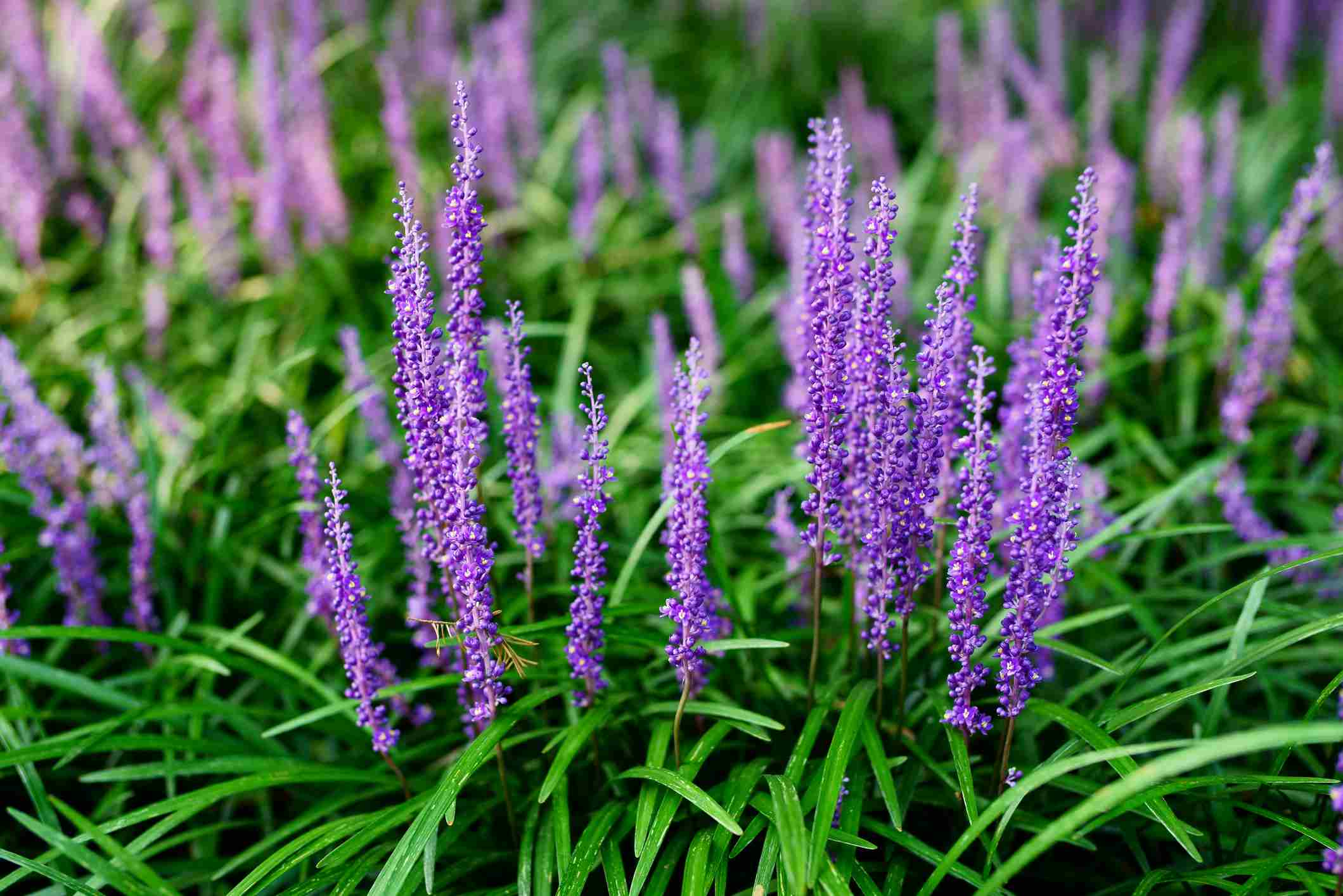

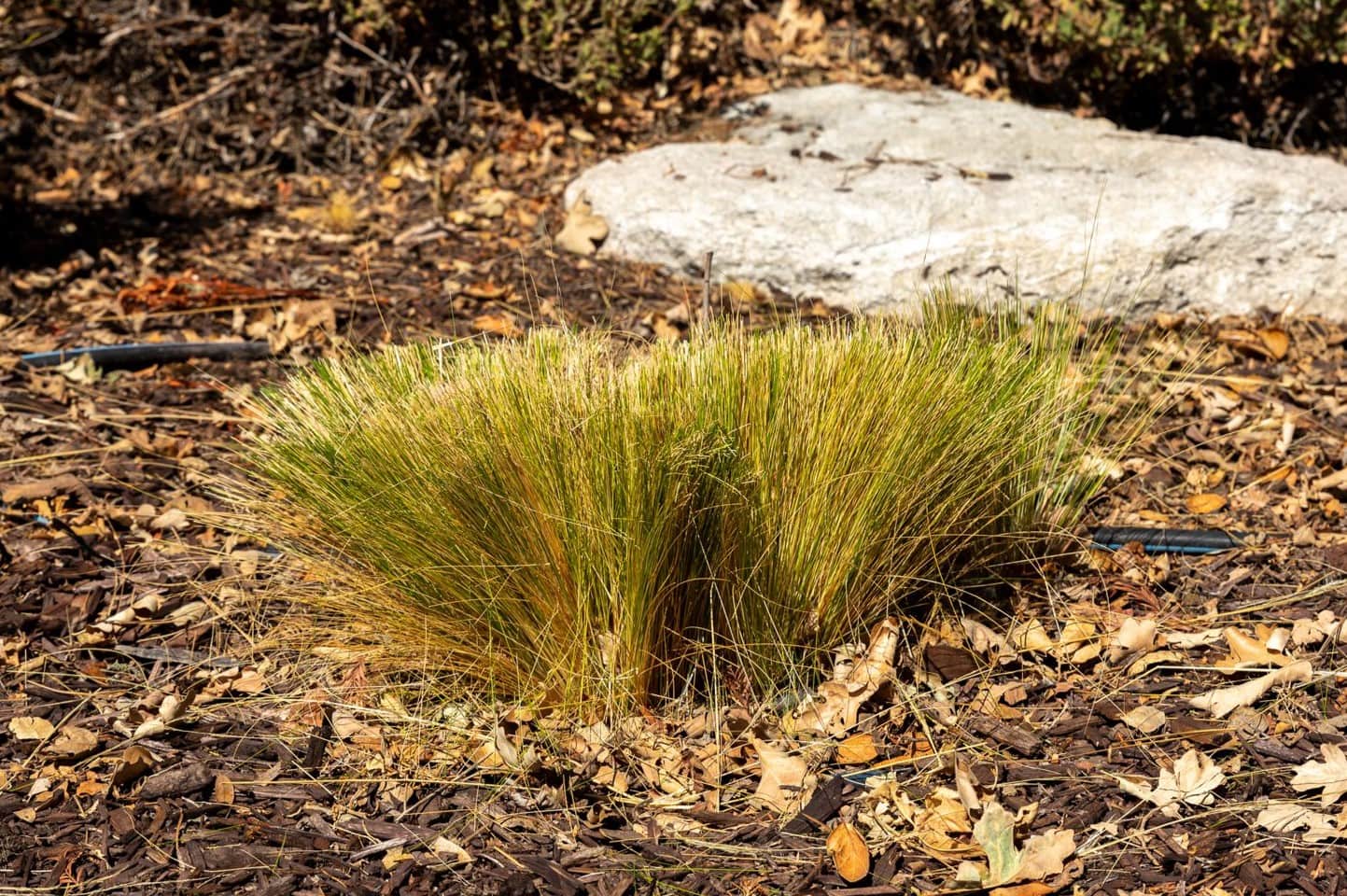

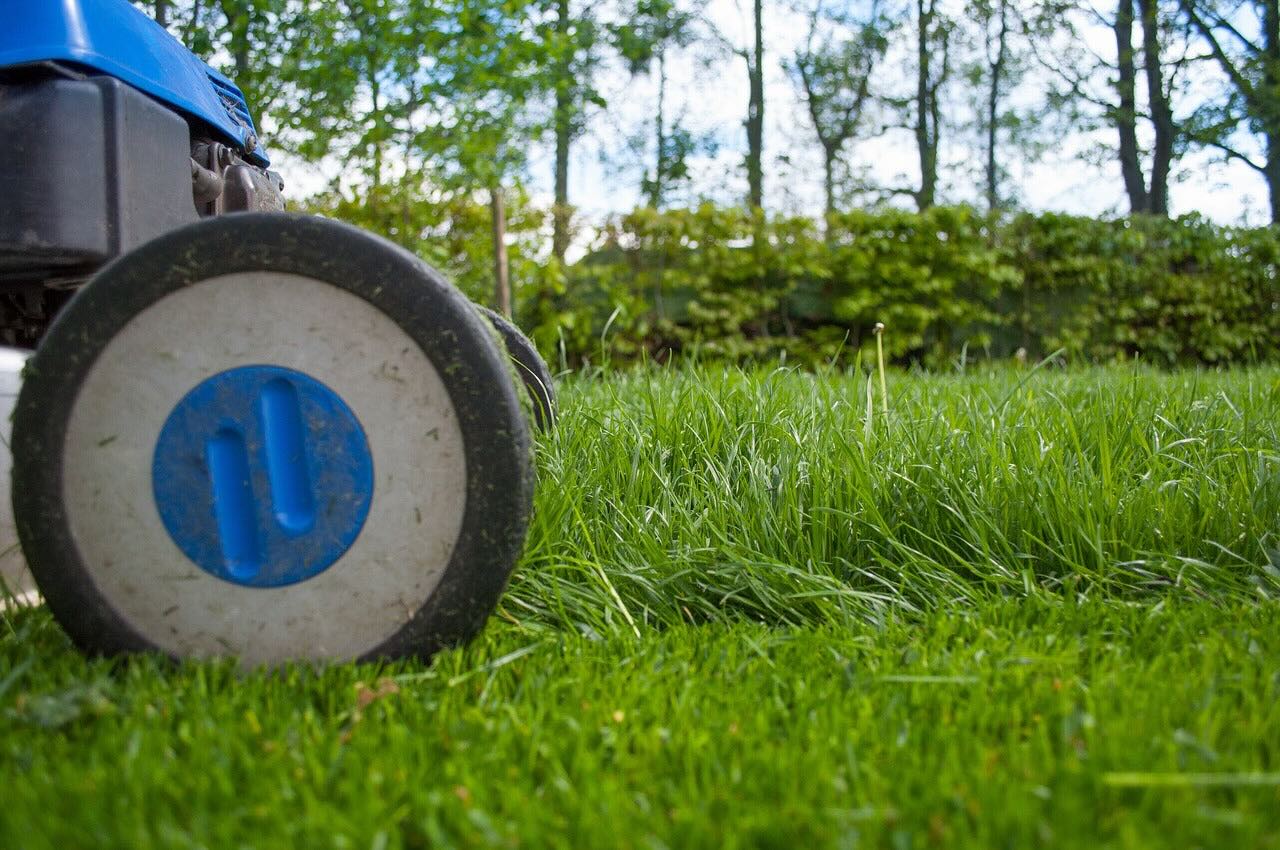
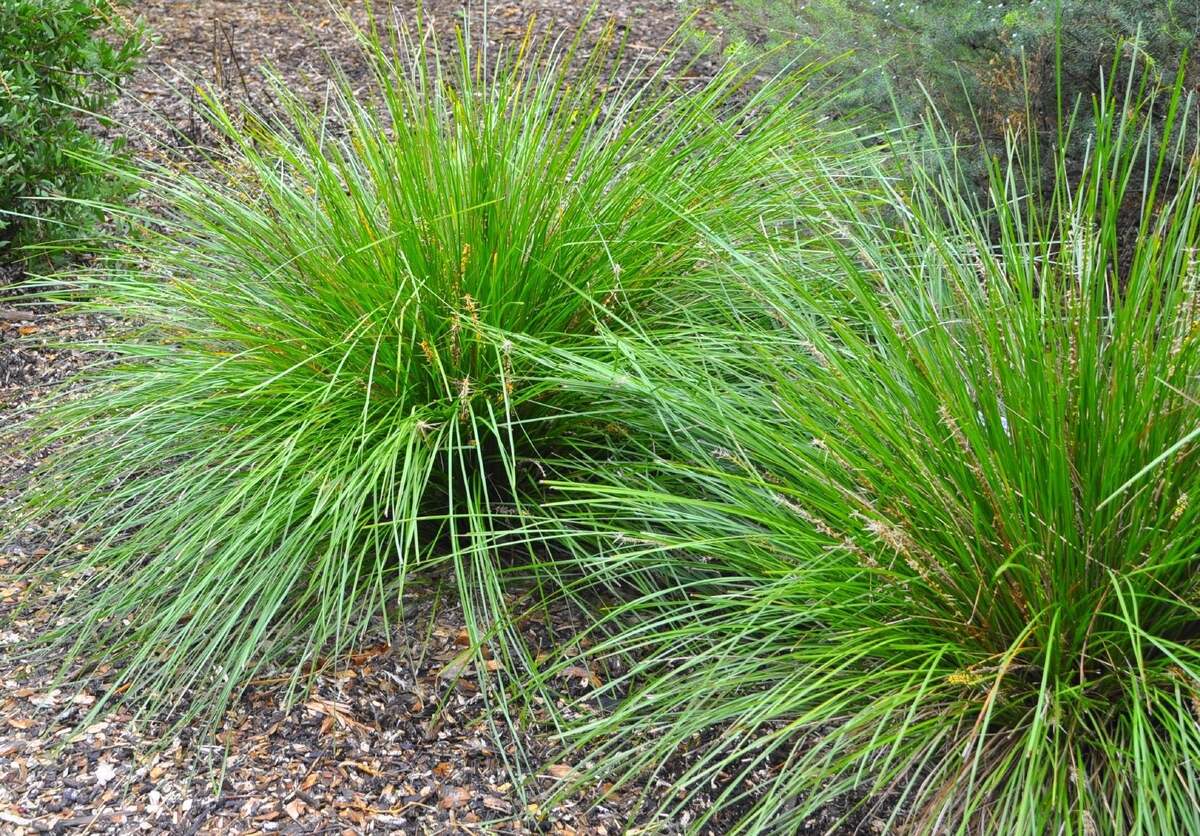

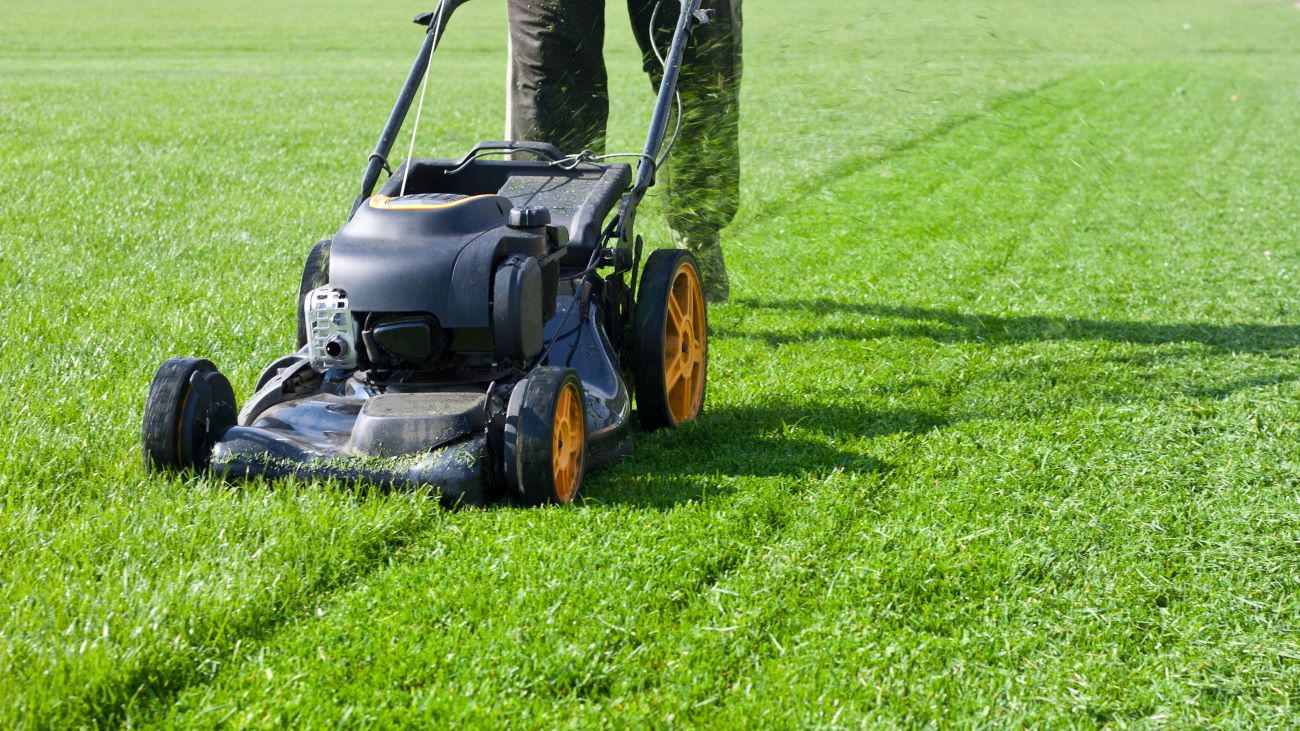

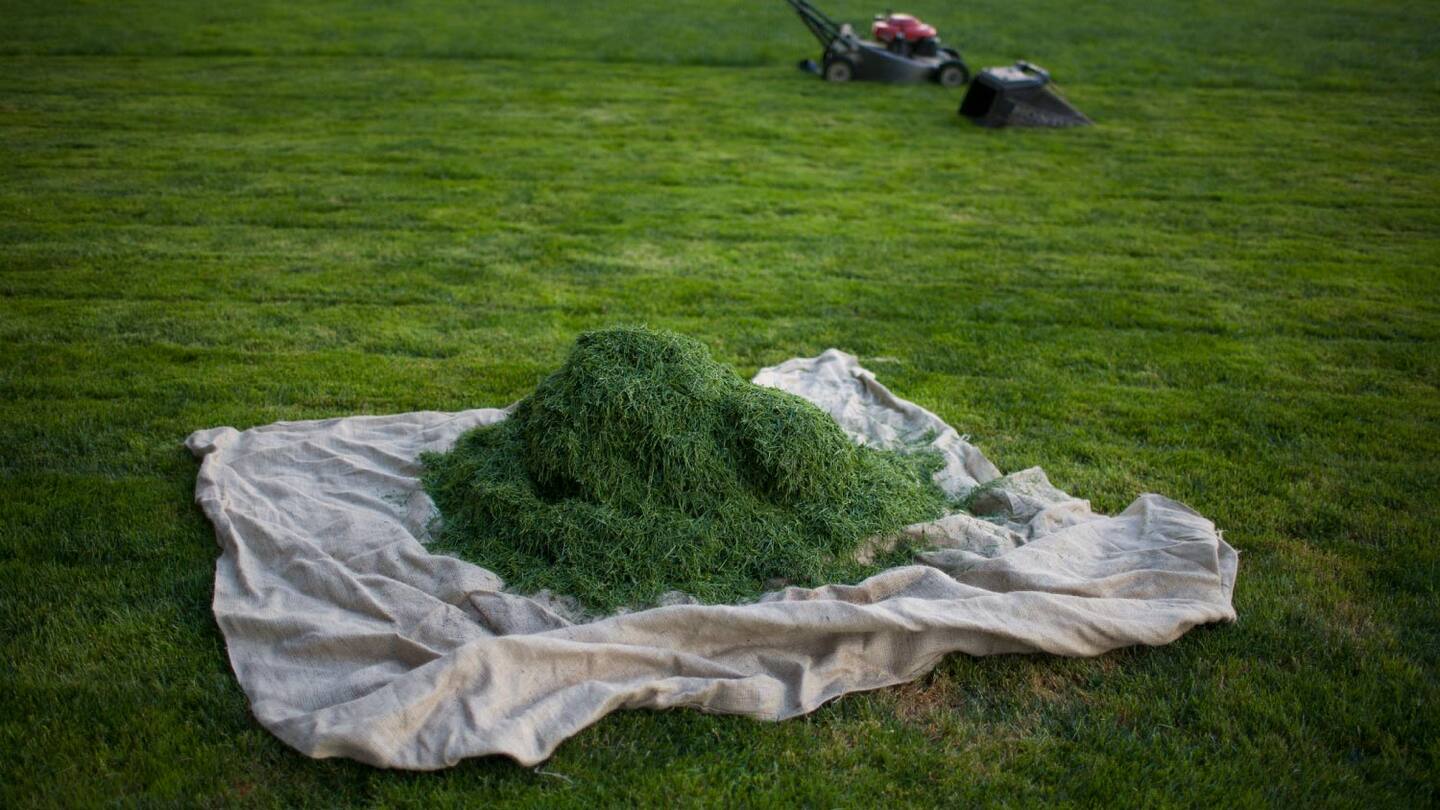



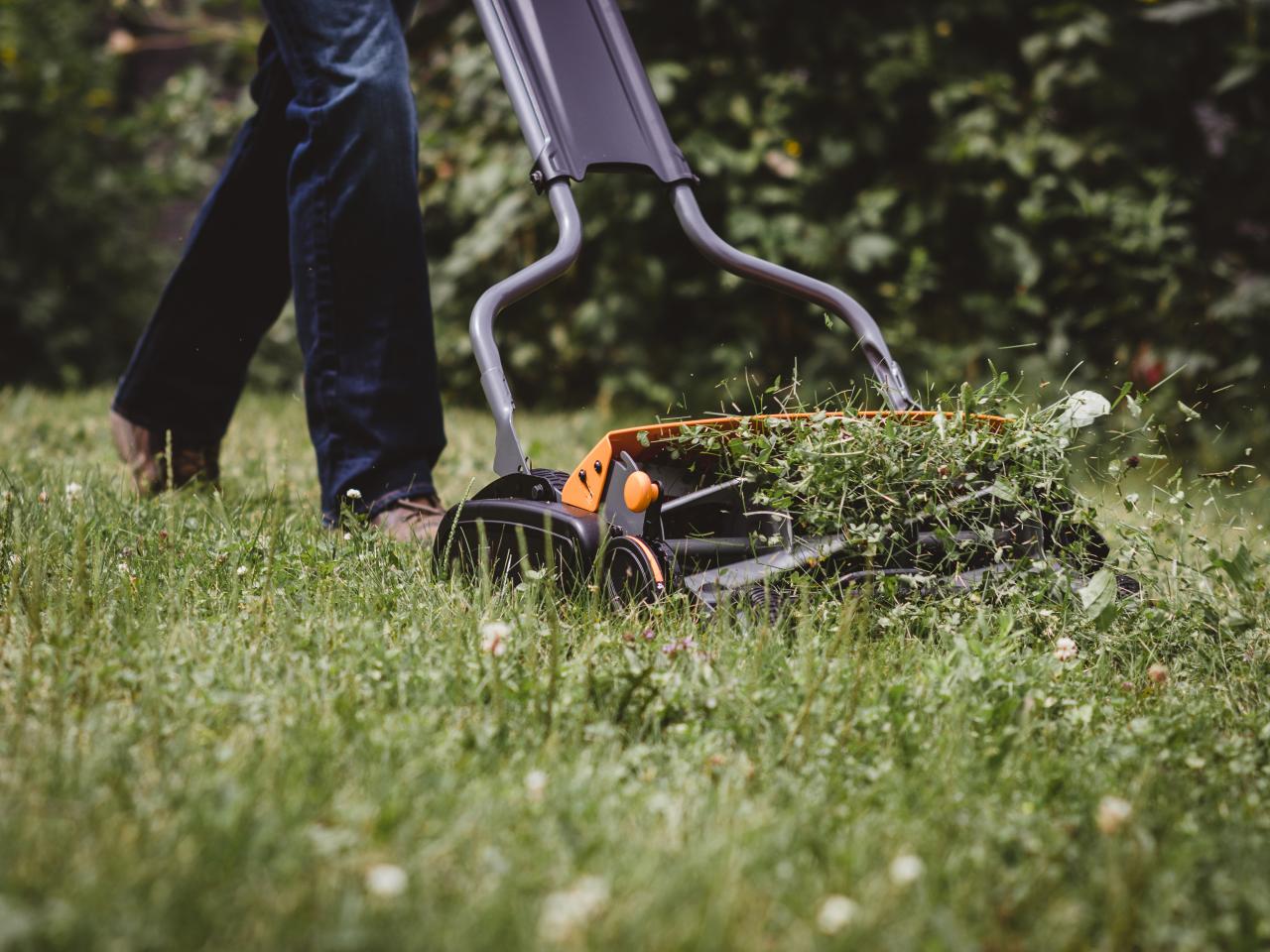

0 thoughts on “When To Cut Ornamental Grass”